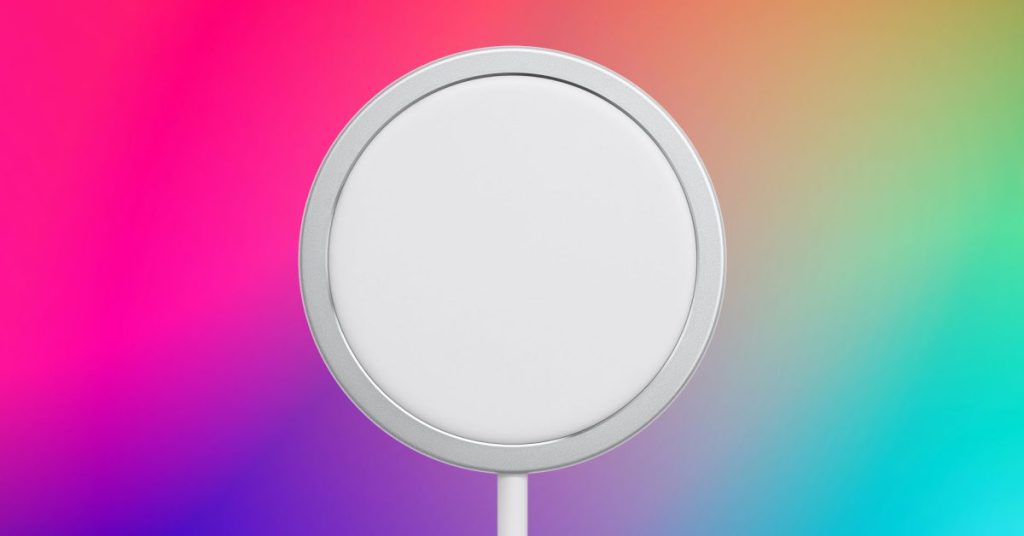The iPhone 17 Air is anticipated to be the thinnest iPhone Apple has produced, and recent reports indicate that the company contemplated launching it as the first portless phone. However, it seems that Apple ultimately opted against this due to concerns about potential conflicts with EU regulations concerning the removal of the USB-C port.
Apple’s Shift to USB-C Compliance
In a move to comply with EU environmental regulations, Apple was required to replace its exclusive Lightning port with a USB-C port, as stipulated by the Common Charger Directive.
The EU aimed to reduce unnecessary electronic waste created by varying charging ports across devices, which often forced consumers to own multiple chargers. Consequently, the EU mandated that all devices sold within its territory must standardize on a common charging port.
Initially, the legislation proposed the outdated microUSB as the standard, but by the time it was enacted, USB-C had become prominent and was thus established as the legal requirement.
Once the January 2025 deadline approached, the only models still using Lightning ports that Apple directly sold were the iPhone SE and iPhone 14, which the company discontinued prior to the deadline.
Bloomberg Reports Apple’s Concerns About Going Portless
Speculation has long existed that Apple may eventually eliminate wired charging for certain iPhone models. According to Bloomberg’s Mark Gurman, the company actively considered implementing this feature for the iPhone 17 Air.
There was even discussion about making this model Apple’s first completely port-free iPhone, which would eliminate the USB-C connector entirely, focusing solely on wireless charging and cloud data synchronization. The market seems ready for this transition.
Ultimately, Apple chose not to pursue a port-free design for the new iPhone due to concerns regarding potential EU regulatory repercussions.
EU Clarifies Regulations on Portless Phones
It’s important to note that the Common Charger Directive specifies that if a device contains a wired charging port, it must be USB-C, but it does not explicitly require a USB-C port.
I have confirmed with the European Commission’s press officer Federica Miccoli that a device without any wired charging capability would not be required to have a standardized charging port.
Indeed. As devices that cannot be charged via wired methods don’t need to adhere to the harmonization requirements for wired charging solutions.
The legislation encourages the EU to back wireless charging standards over proprietary solutions, which further facilitates the potential for a portless device.
Apple has already shared its MagSafe technology with the Wireless Power Consortium, and it has been integrated into the common Qi2 standard. Therefore, a future iPhone model that solely relies on MagSafe charging would be compliant with regulations in EU nations.
While a portless iPhone may not debut with this year’s iPhone 17 Air, it is inevitable that we will see one in the future.
Featured Accessories
Image: 9to5Mac collage of images from Apple and Codioful on Unsplash
FTC: We use income earning auto affiliate links. More.




